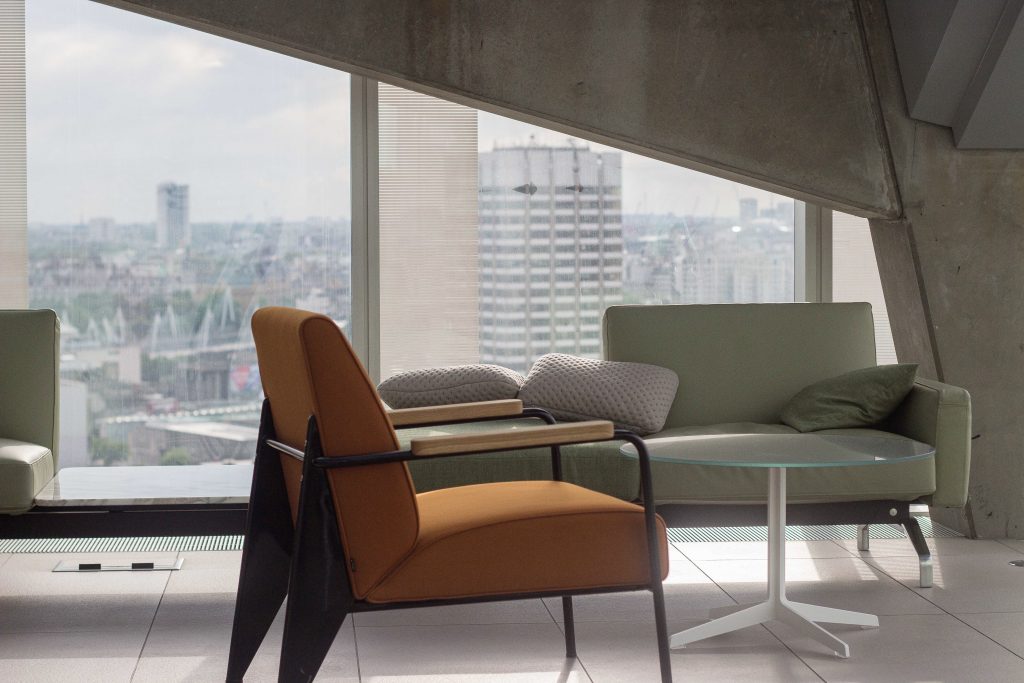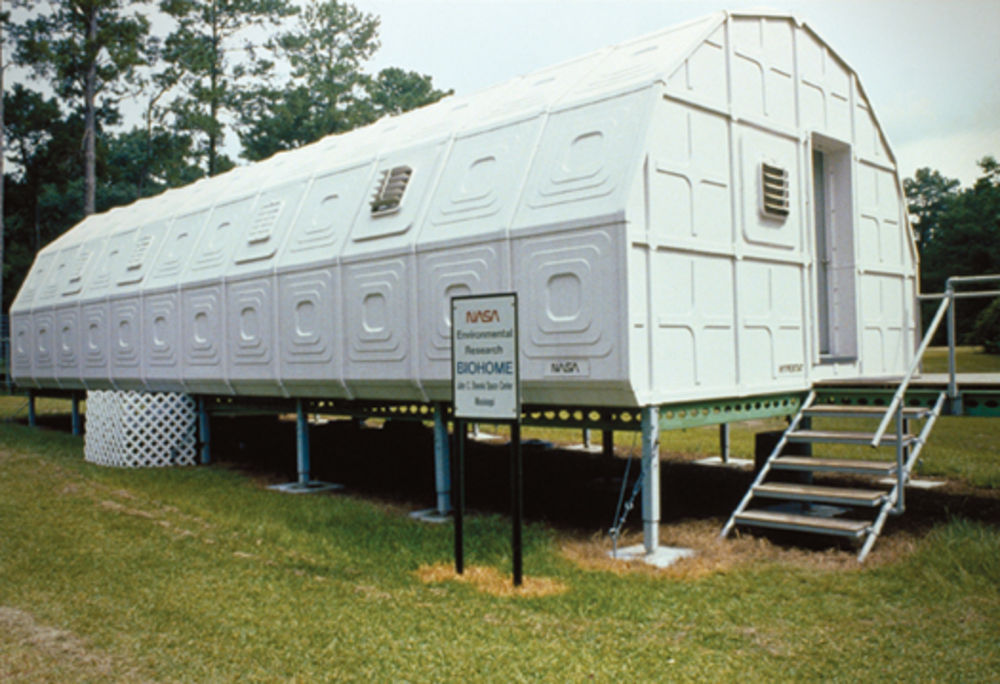
Indoor Air Quality Problems
- Air tight buildings are more energy efficient, but also trap a mix of airborne contaminants that result in complaints of poor indoor air quality (IAQ).
- In the midst of the energy crisis of the 1970s, the building industry placed a high priority on energy consumption and conservation. As a result, both old and new buildings were made more energy efficient, and therefore tightly sealed.
- While a tightly sealed building is more energy efficient, the buildings also trap a mix of emissions of volatile organic compounds (VOCs) from personal care products, carpeting, fabrics, pesticides, business machines, bioeffluents (emitted in the human breathing process) and airborne microbes. All of these factors result in complaints of poor indoor air quality (IAQ).
- Many physicians associate the increase in respiratory problems and symptoms of “sick building syndrome” with exposure to poor indoor air quality.
NASA Research
-
The NASA scientist Dr. Bill Wolverton began to study the cleansing powers of indoor plants to recycle indoor air in airtight space capsules for deep space flight.
-
As part of the research into "closed ecological life support systems," NASA began to study the cleansing powers of nature through the reactions taking place between plants and their root microbes. Dr. Bill Wolverton tested the indoor plants in an airtight building called the “Biohome.”
-
In 1984 NASA first published studies demonstrating that interior plants could remove VOCs from sealed test chambers. Results showed that most of the VOCs had been removed.
-
The ultimate test was the fact that occupants no longer experienced the symptoms of "sick building syndrome." This was one of the first "real world" applications using interior plants to alleviate indoor air pollution. The consequences of these pollutants are estimated to impair health and productivity.
For more information on NASA’s research, click on the following link:

Inspired by NASA’s research, Purdue researchers investigated the technology in buildings, creating the project Biowall.

